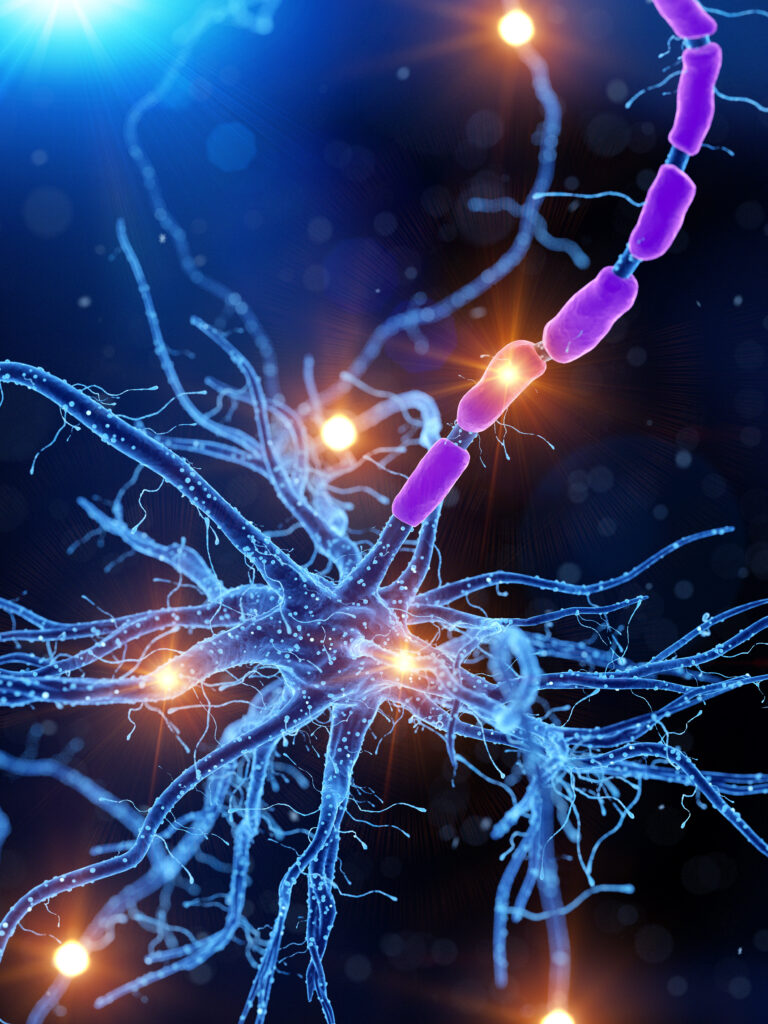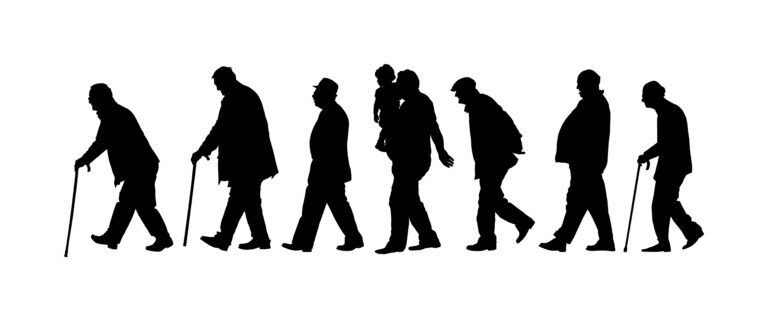Swing dancing is a popular dance style that originated in the 1920s and 1930s in African American communities in the United States. It quickly gained popularity, spreading to other parts of the world and evolving into various forms such as Lindy Hop, Jive, and East Coast Swing.
Apart from being a fun and energetic form of dance, swing dancing has been found to have several benefits for both physical and mental health. In particular, it has been shown to engage memory and cognitive skills, making it an excellent activity for people of all ages.
One of the main ways in which swing dancing engages memory and cognitive skills is through its complex choreography. The dance involves a series of intricate steps and movements that require dancers to remember and execute them in a coordinated manner. This not only improves memory but also promotes mental agility and quick thinking.
Furthermore, swing dancing is often performed in pairs or groups, requiring dancers to not only remember their own steps but also synchronize with their partner or group. This requires communication, coordination, and teamwork, all of which are important cognitive skills.
Another aspect of swing dancing that engages memory and cognitive skills is the use of improvisation. Unlike other forms of dance that have predetermined choreography, swing dancing allows for creative and spontaneous movements. Dancers must be able to think on their feet and quickly adapt to changes in music or partner movements. This promotes flexibility and problem-solving skills, both of which are important for cognitive health.
In addition to the physical movements, swing dancing also incorporates elements of rhythm and musicality. Dancers must be able to stay on beat and interpret the music with their movements. This challenges the brain to process auditory cues and respond accordingly, improving auditory processing and motor skills.
Studies have also shown that dancing, in general, can have a positive impact on memory and cognitive skills. A 21-year study conducted by the Albert Einstein College of Medicine found that dancing was associated with a reduced risk of developing dementia. The study also found that dancing was the only physical activity out of 11 examined that significantly lowered the risk of dementia.
Furthermore, swing dancing has been found to have benefits for people with Parkinson’s disease. Research has shown that dancing can improve balance, coordination, and cognitive function in individuals with Parkinson’s. The improvisational aspect of swing dancing is particularly beneficial for people with this disease, as it allows them to move freely and express themselves creatively.
Aside from the cognitive benefits, swing dancing also has positive effects on mental health. It is a social activity that promotes socialization and connection, which are crucial for overall well-being. It can also be a form of self-expression and a way to relieve stress and improve mood.
In conclusion, swing dancing is more than just a fun and energetic dance style. It engages memory and cognitive skills through its complex choreography, improvisation, and use of rhythm and musicality. It has been shown to have numerous benefits for both physical and mental health, making it an excellent activity for people of all ages. So put on your dancing shoes and give swing dancing a try – your brain will thank you!





